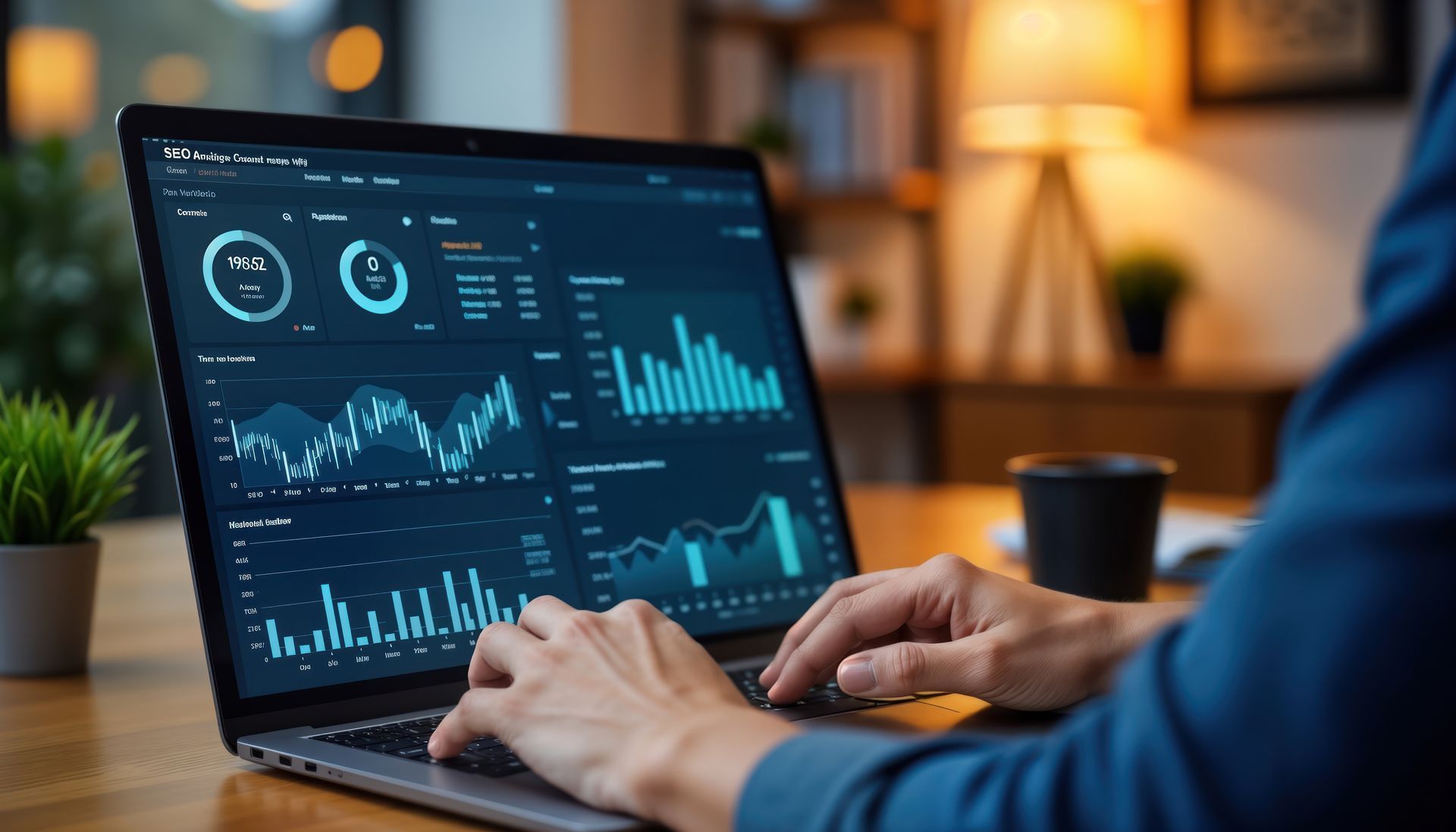How does SEO work? - A Step-by-Step Guide to Boosting Your Website's Visibility
Are you struggling to drive traffic to your website and increase its visibility? Look no further! In today's digital age, mastering the art of SEO is crucial for boosting your website's visibility and attracting more visitors.
In this step-by-step guide, we will show you how to optimise your website and achieve higher rankings on search engine results pages. Whether you're a small business owner, a marketing professional, or an aspiring blogger, our comprehensive guide will equip you with the essential SEO strategies and techniques to succeed online.
From keyword research and on-page optimisation to link building and content creation, we'll cover it all. You'll learn how to conduct thorough keyword research and incorporate them strategically throughout your website. We'll also teach you how to optimise your website's structure, improve its loading speed, and create compelling and valuable content that resonates with your target audience. Additionally, we'll delve into off-page SEO tactics such as building high-quality backlinks and leveraging social media platforms to increase your website's authority and credibility.
Join us on this journey to master the art of SEO and unlock the potential of your website. Get ready to soar to new heights in search engine rankings and watch your organic traffic soar.
Understanding SEO: What is it and why is it important?
Search Engine Optimisation (SEO) is the practice of optimising your website to improve its visibility and ranking on search engine results pages (SERPs). In today's digital landscape, where millions of websites are vying for attention, SEO has become a vital component of any successful online strategy.
SEO is important because it helps search engines understand and rank your website based on its relevance and authority in relation to specific search queries. By optimising your website for search engines, you increase the likelihood of your website appearing on the first page of search results, attracting more organic traffic and potential customers.
There are three main pillars of SEO: on-page optimisation, off-page optimisation, and technical SEO. On-page optimisation involves optimising your website's content and structure, while off-page optimisation focuses on building high-quality backlinks and increasing your website's authority. Technical SEO deals with optimising the technical aspects of your website, such as site speed and mobile-friendliness.
Implementing effective SEO strategies will not only drive more traffic to your website but also improve user experience, increase brand visibility, and ultimately drive more conversions. Now that we've established the importance of SEO, let's dive into the key components of a successful SEO strategy.
The role of keywords in SEO
Keywords are the foundation of any successful SEO strategy. They are the words or phrases that users enter into search engines when looking for information, products, or services. By strategically incorporating relevant keywords into your website's content, you can improve its visibility and attract targeted organic traffic.
When selecting keywords for your website, it's essential to consider both relevance and search volume. Relevance refers to how closely a keyword aligns with your website's content and offerings, while search volume indicates how often users search for a specific keyword.
To find the right keywords for your website, you can use various keyword research tools such as Google Keyword Planner, SEMrush, or Mos Keyword Explorer. These tools provide valuable insights into search volume, competition, and related keywords, helping you identify the most relevant and high-performing keywords for your website.
Once you've identified your target keywords, it's crucial to incorporate them strategically throughout your website's content. This includes optimising your page titles, meta descriptions, headings, and body content. However, it's important to strike a balance between optimisation and user experience. Keyword stuffing or overusing keywords can result in a poor user experience and potentially harm your website's rankings. Focus on creating valuable and engaging content that naturally incorporates your target keywords.

Conclusion: Taking your website's visibility to the next level
Measuring and tracking the success of your SEO efforts is essential to understand what's working and what needs improvement. By analysing data and key metrics, you can make informed decisions and optimise your strategies accordingly. Here are some essential tools and metrics to consider:
1. Google Analytics
Google Analytics is a powerful tool that provides valuable insights into your website's performance, including traffic sources, user behavior, and conversions. By setting up goals and tracking events, you can measure the effectiveness of your SEO campaigns and identify areas for improvement.
2. Keyword rankings
Monitoring your keyword rankings is crucial to understanding how well your website is performing in search engine results pages. Tools like SEMrush or Ahrefs can track your keyword rankings and provide detailed reports. Regularly check your rankings and adjust your SEO strategies accordingly.
3. Backlink analysis
Backlinks play a vital role in SEO, as they indicate the authority and credibility of your website. Tools like Mos or Majestic can help you analyse your backlink profile, identify high-quality links, and monitor your competitors' backlink strategies. Regularly auditing your backlinks can help you identify and disavow any toxic or spammy links that may harm your website's rankings.















